2023 Honda Civic Becomes More Expensive After Ditching LX Trim

For 2023, the Honda Civic LX is getting the boot – effectively making the Sport the new base trim. But this also means the model will become $2,100 more expensive than the previous generation. The good news is that the Sport comes with more features, though that may be of little consolation to cash-strapped buyers that had hoped the sickly global economy would result in cheaper and more practical automobiles taking the stage.
Then again, we probably all should have seen this coming. While dealerships are becoming despised for leveraging production shortages into absolutely ludicrous markups, automakers’ ongoing inability to assemble vehicles at a normal pace – combined with the general economic downturn and record levels of inflation – is the foundation upon which this entire mess rests.
Car manufacturers are also raising their prices independently, with Honda having previously nixed LX models for the 2023 CR-V – raising the base price by roughly $4,000. As with the Civic, customers are technically getting more for their money. The updated crossover is larger than its predecessor and comes with more standard tech (though a lot of our readers probably won’t care about the latter). But something feels a little off about automakers continuing to lean into bigger and more expensive models when consumer savings are evaporating.
It’s a similar story with the Civic. For 2023, the Sport will be offering a few things the LX did not. This includes proximity key entry, paddle shifters, 18-inch wheels, some visual accouterments, and a continuously variable automatic transmission that has gotten better over the years – but still isn’t going to be all that exciting to drive unless you get a lot of enjoyment out of maximizing your fuel economy. Though those interested in configuring their vehicle with the more-involved manual transmission will be happy to learn it’s a no-cost option on the hatchback.
The above also means the Sport is now the only Civic that comes to our market equipped with the naturally aspirated 158-horsepower, 2.0-liter inline-four engine. Higher trims come with the more powerful 1.5-liter turbo-four offering increased power. But shoppers hoping to keep their Civic for as long as possible will probably prefer the larger powertrain that has abstained from utilizing forced induction.
Situated above the now-base-model Sport, Honda has elected to keep the EX, Touring, and – for the Civic hatch only – Sport Touring trims. However, the hatchback loses its mid-grade EX-L trim and every option will see price increases of their own ranging between $500 and $700 vs the previous model year. The Si is also still here, except Honda has dumped the option to have it fitted with summer tires. The sporty Civic now comes exclusively with all-season rubber and sees a $600 price bump against the 2022 model year.
But here’s the rub. While much classier than its predecessor, the current Honda Civic carries over the majority of its hardware from the previous incarnation. Similar to how dealerships began applying increased values to automobiles as availability became a problem, Honda said the Civic’s price increase “better aligns” with its present availability and demand. The company has been among the worst hit by supply chain shortages created in the wake of pandemic-related lockdowns – represented by its sales having been weakened by roughly 50 percent through the first three quarters of 2022. Civic supplies are limited and Honda seems to think it can make up the difference by selling more upscale models at a higher price.
Perhaps. But American automakers pursued similar goals when they began abandoning small, less-profitable cars to focus on higher-margin crossovers, pickups, and SUVs after 2010. Granted, they were seeing better margins but the strategy had its drawbacks – with the biggest being the loss of entire segments that catered to cash-strapped drivers and typically see a surge in popularity whenever the economy is struggling.
That’s not to suggest it’s not a winning strategy for those companies, especially since most brands are trying to maximize per-vehicle profitability by doing something similar. But with EVs failing to see meaningful price reductions, they’ve effectively given away a subset of the market to the competition. This may also be true for Honda, albeit to a lesser extent, as the Civic becomes less competitively priced.
At $25,745, the Sport trim is now the absolute cheapest way to get into the new Civic. However, the Kia Forte and Hyundai Elantra both come with an MSRP below – and in the case of the Kia, well below – $22,000. The VW Jetta may likewise make a compelling option at around $21,500. But the real threat is the Toyota Corolla. While arguably not as well-rounded as Honda’s entry, Toyota’s reputation for above-average dependability (earned or imagined in the current era) will always appeal to cash-conscious consumers, and the base model Corolla enjoys an MSRP of just $22,600. It also comes with the 169-hp 2.0-liter that was previously reserved for higher trims, reducing the base model Civic’s formerly obvious performance advantages.
Frankly, I would still argue that Honda still has the edge in terms of offering one of the best overall compact cars currently in existence. But its price is reaching a point where I’m not so sure it makes sense after you’ve cross-shopped it with the Toyota Corolla. Meanwhile, the Mazda3 is ready and raring to go at $23,550 and comes with the 191-hp 2.5-liter SKYACTIV-G as standard for those wanting something designed to deliver more driving excitement and an upscale appearance. Obviously, a lot can change after you move away from the base models or start confronting dealer markups. But these two really seem to be forcing Honda to fight a war on two fronts regardless of trim level.
[Images: Honda]
Become a TTAC insider. Get the latest news, features, TTAC takes, and everything else that gets to the truth about cars first by subscribing to our newsletter.

A staunch consumer advocate tracking industry trends and regulation. Before joining TTAC, Matt spent a decade working for marketing and research firms based in NYC. Clients included several of the world’s largest automakers, global tire brands, and aftermarket part suppliers. Dissatisfied with the corporate world and resentful of having to wear suits everyday, he pivoted to writing about cars. Since then, that man has become an ardent supporter of the right-to-repair movement, been interviewed on the auto industry by national radio broadcasts, driven more rental cars than anyone ever should, participated in amateur rallying events, and received the requisite minimum training as sanctioned by the SCCA. Handy with a wrench, Matt grew up surrounded by Detroit auto workers and managed to get a pizza delivery job before he was legally eligible. He later found himself driving box trucks through Manhattan, guaranteeing future sympathy for actual truckers. He continues to conduct research pertaining to the automotive sector as an independent contractor and has since moved back to his native Michigan, closer to where the cars are born. A contrarian, Matt claims to prefer understeer — stating that front and all-wheel drive vehicles cater best to his driving style.
More by Matt Posky
Latest Car Reviews
Read moreLatest Product Reviews
Read moreRecent Comments
- Daniel J Cx-5 lol. It's why we have one. I love hybrids but the engine in the RAV4 is just loud and obnoxious when it fires up.
- Oberkanone CX-5 diesel.
- Oberkanone Autonomous cars are afraid of us.
- Theflyersfan I always thought this gen XC90 could be compared to Mercedes' first-gen M-class. Everyone in every suburban family in every moderate-upper-class neighborhood got one and they were both a dumpster fire of quality. It's looking like Volvo finally worked out the quality issues, but that was a bad launch. And now I shall sound like every car site commenter over the last 25 years and say that Volvo all but killed their excellent line of wagons and replaced them with unreliable, overweight wagons on stilts just so some "I'll be famous on TikTok someday" mom won't be seen in a wagon or minivan dropping the rug rats off at school.
- Theflyersfan For the stop-and-go slog when sitting on something like The 405 or The Capital Beltway, sure. It's slow and there's time to react if something goes wrong. 85 mph in Texas with lane restriping and construction coming up? Not a chance. Radar cruise control is already glitchy enough with uneven distances, lane keeping assist is so hyperactive that it's turned off, and auto-braking's sole purpose is to launch loose objects in the car forward. Put them together and what could go wrong???




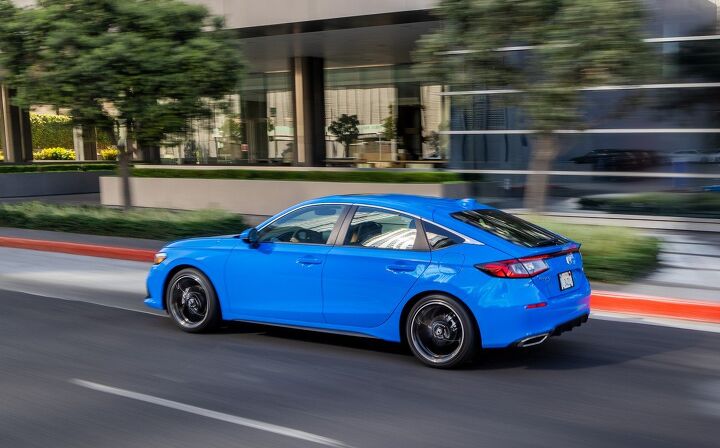















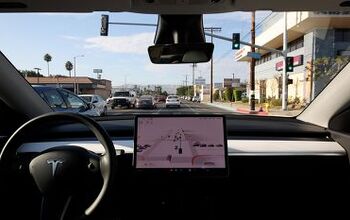
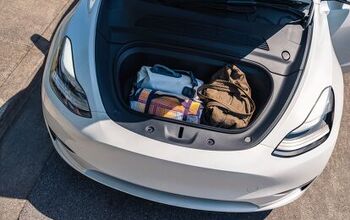

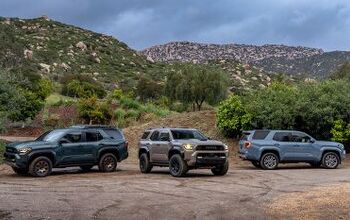
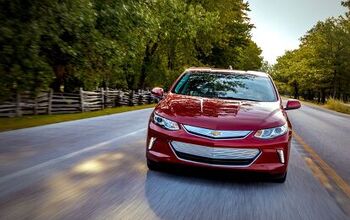

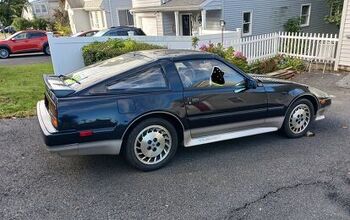
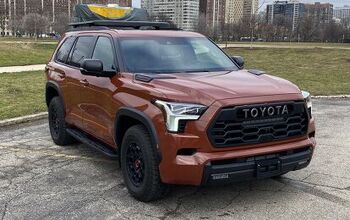
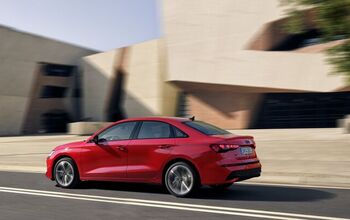


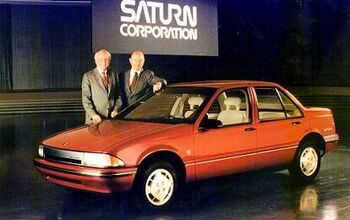
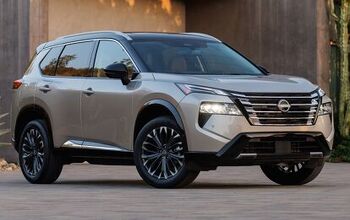
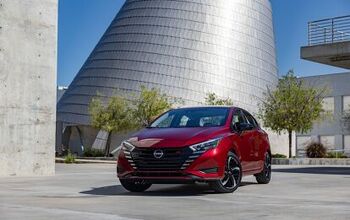

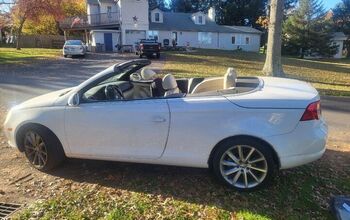

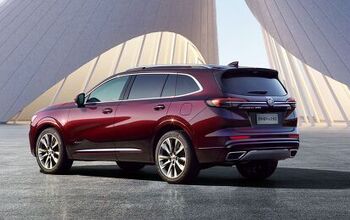
Comments
Join the conversation
MaintenanceCosts--I know exactly what you are saying that has happened to me before. When I mentioned I was paying cash for the Maverick the salesman did not mention credit and no credit report report was run. I did get an extended warranty on top of the current warranty and the dealer did not gouge me on that. Everything to my surprise was straight forward with no hidden surprises. I did not have the same experience with the Honda dealership although it was not terrible I still wanted to take a shower after I got home.
Matt Posky--Not a fan of newer Chevrolets but I would take a Trax over a Nissan Kicks with the Jatco CVT. The turbo 3 would be my main concern with the Trax but I have concerns about any turbo engines but Honda would be the one to get a turbo engine right. I think new vehicles have gotten beyond the reach of the average person making an average wage. A couple of thousand dollars would make a difference to someone who is deciding between the affordability of a new vehicle versus used especially if they are not making much and at least it is a new vehicle with a warranty. Might prefer a Trax over some of the Hyundais and Kias with the problematic engines.
It you really want an inexpensive new vehicle it would be the Mitsubishi Mirage.